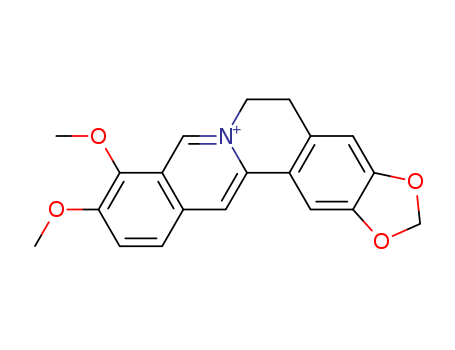10.3390/antibiotics8040212
The research focused on synthesizing berberine derivatives to inhibit MexXY-dependent aminoglycoside resistance in Pseudomonas aeruginosa. The study synthesized 11 berberine derivatives and tested their inhibitory activities against MexXY in both MexXY-positive and MexXY-negative P. aeruginosa strains. The most potent derivative, 13-(2-methylbenzyl) berberine (13-o-MBB), was found to reduce the minimum inhibitory concentrations (MICs) of various aminoglycosides significantly in a multidrug-resistant P. aeruginosa strain. Experiments involved assessing MICs, determining fractional inhibitory concentration (FIC) indices to evaluate synergistic effects, and conducting time-kill assays to measure bactericidal activity. The analyses included NMR and mass spectrometry for compound characterization and CLSI standards for categorizing antibiotic susceptibility. The study concluded that 13-o-MBB is a more potent inhibitor of MexXY-dependent aminoglycoside resistance than berberine, offering a promising approach to overcoming antibiotic resistance in P. aeruginosa.
10.1016/j.bmcl.2009.08.037
The research aimed at synthesizing and evaluating a series of berberine, phenantridine, and isoquinoline derivatives for their inhibitory activity against Rho GTPase nucleotide binding, with a focus on the isoform selective inhibitors of Rac1/1b GTPase. The study concluded that the insertion of 19 amino acids in the Rac1b splice variant introduces a conformational difference that allows certain compounds, such as 4, 21, 22, and 26, to selectively inhibit Rac1b over Rac1. The chemicals used in the process included protoberberine series compounds like berberine, (±)-canadine, tetrahydroxy berberine analogs, and demethylene berberine, as well as phenantridine alkaloids like chelerythrine and sanguinarine, and 3-aryl-isoquinolines. These compounds were tested for their ability to inhibit Rac1, Rac1b, and Cdc42, with some showing selective inhibition and potential as isoform-selective Rac1b nucleotide binding inhibitors.




